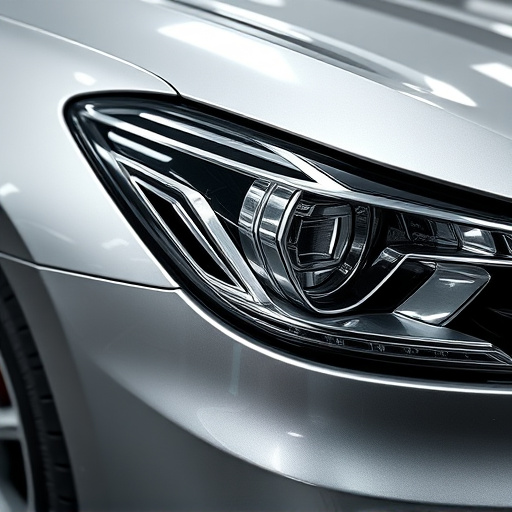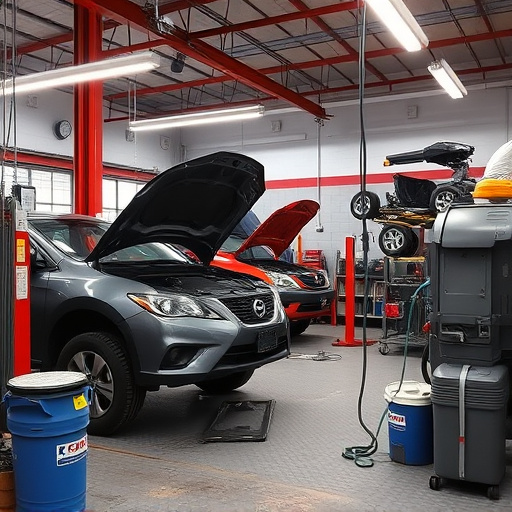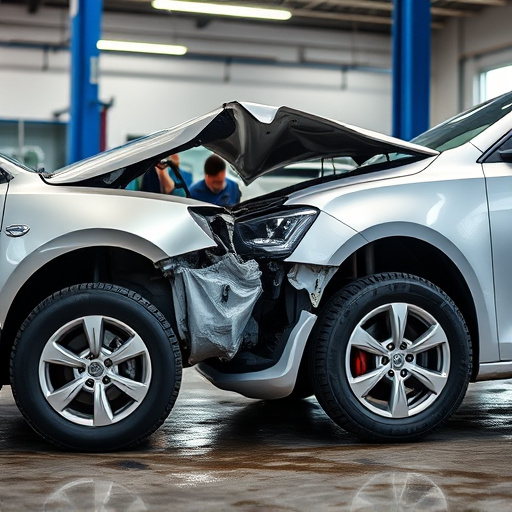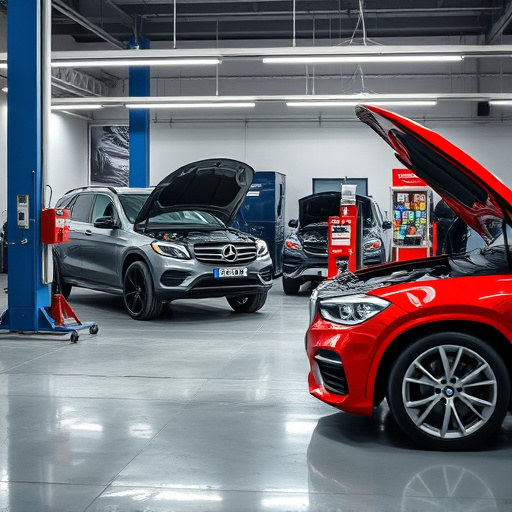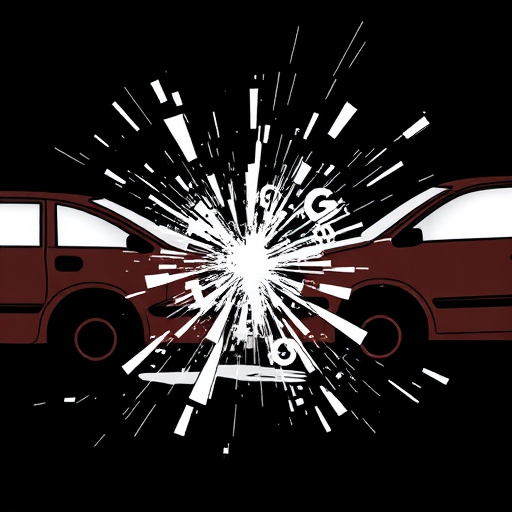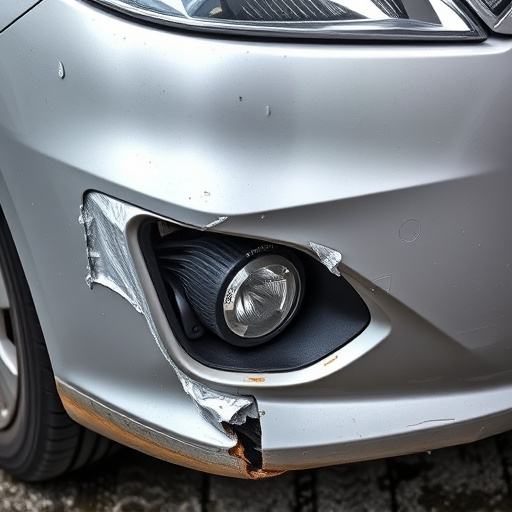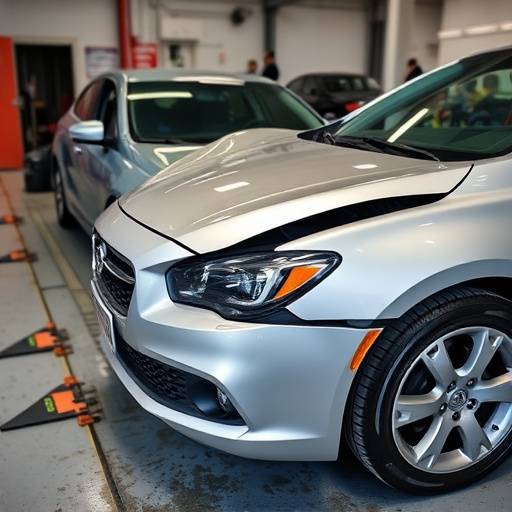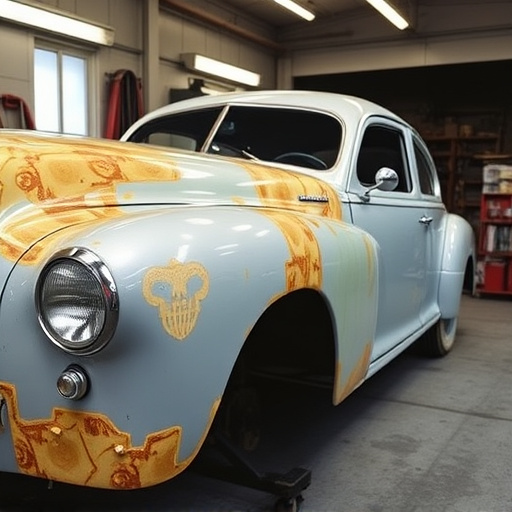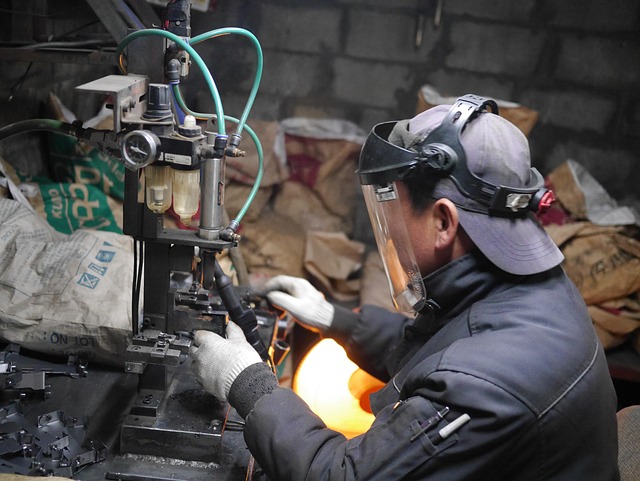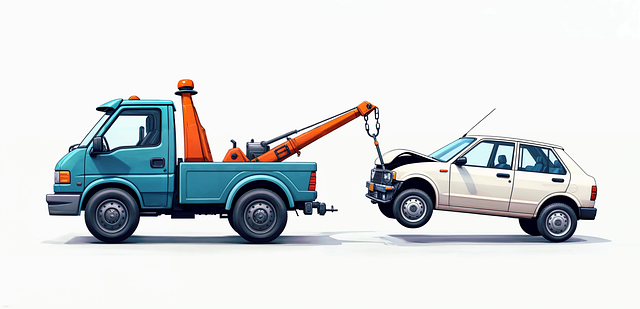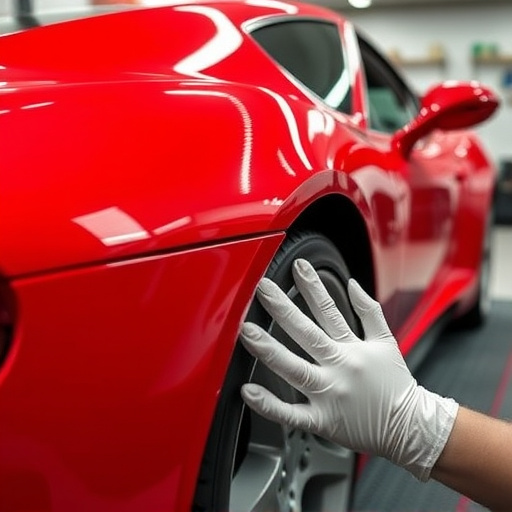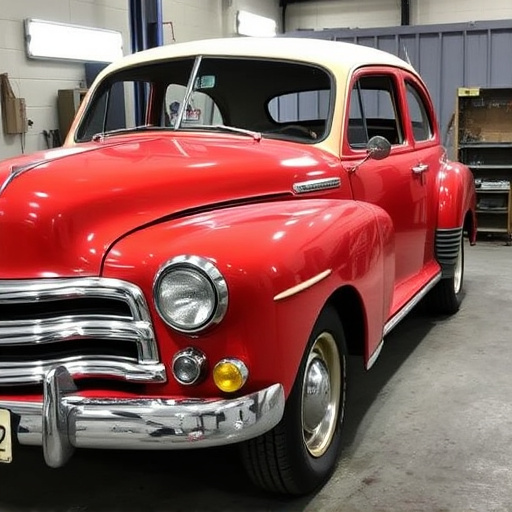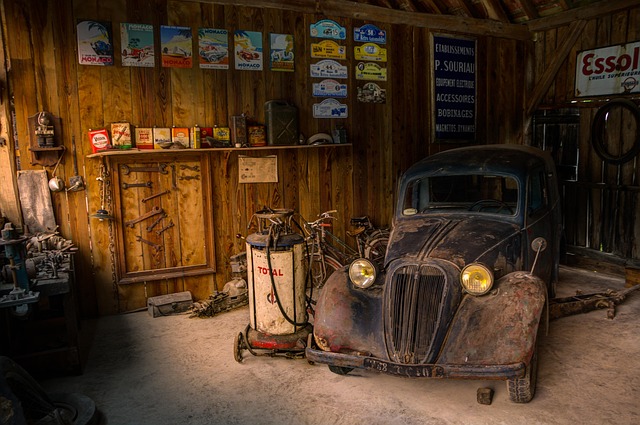Mercedes Safety Engineering Standards set stringent requirements for every component of Mercedes-Benz vehicles, with a focus on Mercedes aluminum welding. This specialized skill is crucial for maintaining structural integrity and durability during collision repair. Adhering to these standards ensures not only aesthetic quality but also safety and long-term vehicle value, including the use of advanced techniques like paintless dent repair. Mercedes aluminum welding drives automotive design innovation by leveraging aluminum's strength-to-weight ratio, enhancing performance and fuel efficiency. Skilled welders use high-quality materials, precise techniques, and post-welding treatments to guarantee structurally sound joints and vehicle safety, preserving the car's value and aesthetics even for complex bodywork repairs.
Mercedes Aluminum Welding: Adhering to Strict Safety Engineering Standards
In the automotive industry, Mercedes-Benz stands out for its unwavering commitment to safety. As aluminum becomes a prominent material in Mercedes vehicles, ensuring robust welding practices is paramount. This article explores Mercedes’ stringent Safety Engineering standards related to aluminum welding, highlighting its significance in modern Mercedes models. We delve into best practices to guarantee quality and compliance, ensuring every weld meets the highest safety benchmarks set by Mercedes.
- Understanding Mercedes Safety Engineering Standards
- The Significance of Aluminum Welding in Mercedes Vehicles
- Ensuring Quality and Compliance: Best Practices for Mercedes Aluminum Welding
Understanding Mercedes Safety Engineering Standards
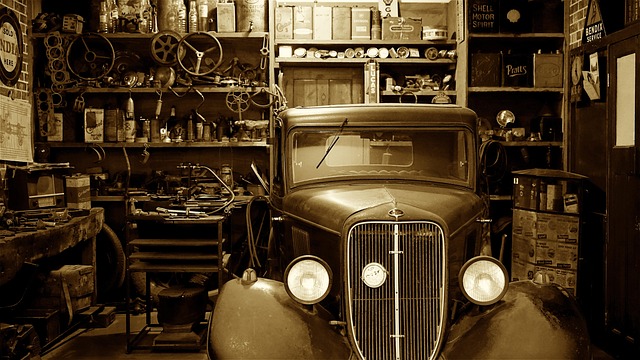
Mercedes Safety Engineering Standards are renowned for their stringent requirements, ensuring every component of a Mercedes-Benz vehicle meets or exceeds expectations in terms of safety and performance. When it comes to Mercedes aluminum welding, these standards become even more critical. The precision and integrity of welds directly impact the structural integrity of the vehicle during accidents, making it a vital aspect of collision repair services.
Aluminum is increasingly used in modern car manufacturing, including in intricate body structures, due to its lightweight properties. However, welding this material requires specialized skills and equipment to maintain its strength and durability. In the context of vehicle restoration or collision repair services, adhering to Mercedes’ standards ensures that any welds performed are not just aesthetically sound but also structurally robust, protecting the safety and value of the vehicle in case of future incidents, including requiring paintless dent repair for minimal damage.
The Significance of Aluminum Welding in Mercedes Vehicles

Aluminum welding plays a pivotal role in modern Mercedes vehicles, reflecting the brand’s commitment to innovation and lightweight construction. This advanced material offers significant advantages over traditional steel in terms of strength-to-weight ratio, making it ideal for enhancing vehicle performance and fuel efficiency. By integrating aluminum into their designs, Mercedes engineers can achieve lighter components without compromising structural integrity.
Moreover, proper aluminum welding is crucial for ensuring the longevity and safety of Mercedes vehicles. The precision required to weld aluminum effectively prevents weak points in the body, which could lead to structural failures or compromise passenger safety during accidents. Thus, it’s not just about using a superior material; it’s about adhering to rigorous standards that guarantee the integrity of every vehicle that leaves the Mercedes assembly line, focusing on both performance and reliability.
Ensuring Quality and Compliance: Best Practices for Mercedes Aluminum Welding

In the realm of Mercedes aluminum welding, ensuring quality and compliance with Mercedes Safety Engineering standards is paramount. The process demands meticulous precision and adherence to strict protocols to maintain the integrity of the car’s structure and aesthetics. Best practices involve utilizing high-quality welding materials and state-of-the-art equipment designed for aluminum alloys. Skilled welders play a crucial role, as their expertise ensures consistent joint strength and minimizes distortion during the melting and fusing process.
Moreover, proper preparation of the metal surface is essential before welding. This includes cleaning, deburring, and checking for any defects or impurities that could compromise the final product. Post-welding treatments such as heat treatment and stress relief are equally important to optimize material properties and ensure structural soundness. For car bodywork and paint repair enthusiasts, adhering to these standards guarantees not only the safety of the vehicle but also maintains its value and aesthetic appeal over time, even for intricate car body repairs.
Mercedes aluminum welding requires adhering to stringent safety engineering standards set by the brand. As aluminum becomes increasingly integral to Mercedes vehicle design, ensuring robust and safe welds is paramount. By implementing best practices and staying compliant with these standards, manufacturers can deliver high-quality vehicles that meet Mercedes’ reputation for excellence and safety.
